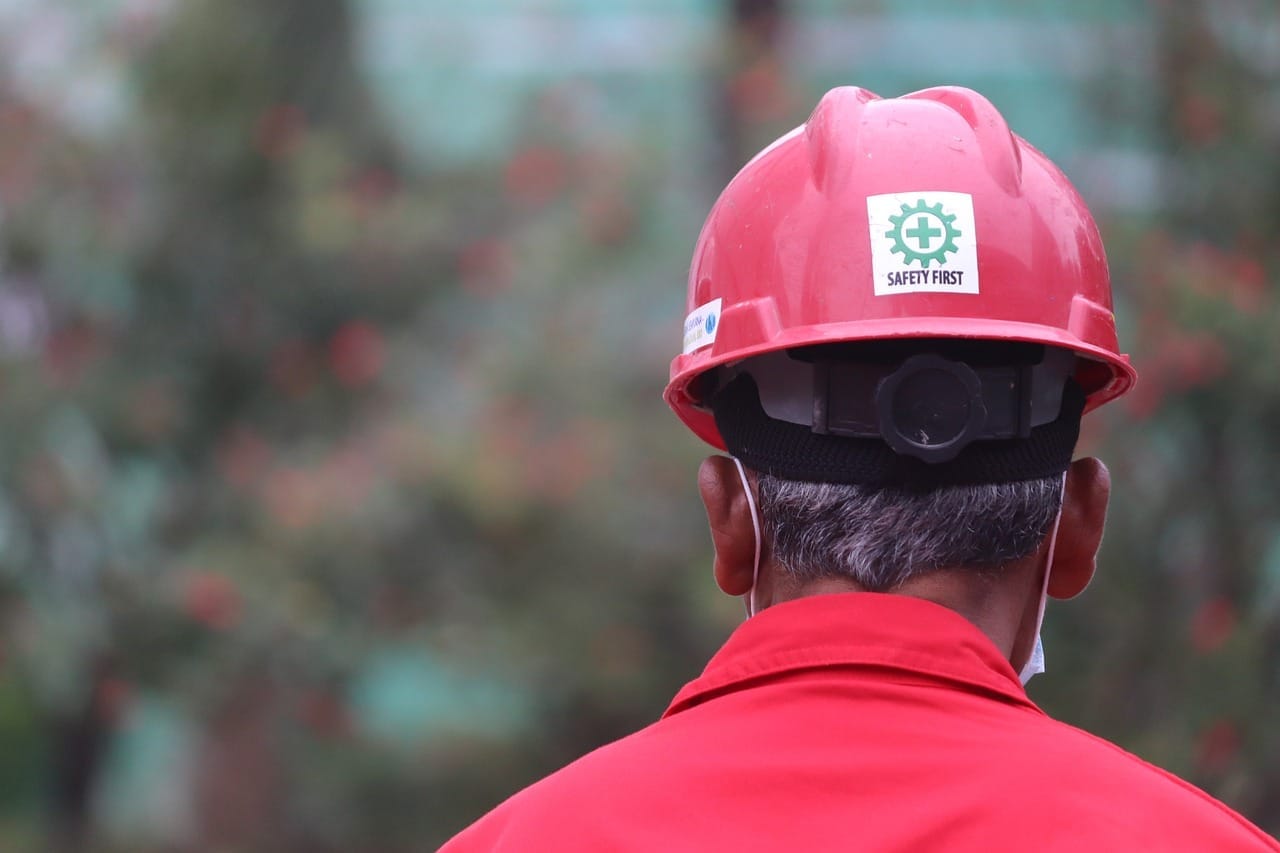Success Strategies for Enhancing Facility Safety and Compliance

Introduction
Facility safety and compliance are paramount for maintaining a productive and hazard-free work environment. Ensuring that your facility adheres to safety regulations not only protects employees but also minimizes operational disruptions and legal liabilities. This document outlines key strategies for enhancing facility safety and compliance, providing practical steps that facilities managers and maintenance managers can implement.
1. Understanding Regulatory Requirements
Key Regulations to Consider:
- Occupational Safety and Health Administration (OSHA) Standards: Compliance with OSHA regulations is essential. These standards cover various aspects of workplace safety, including hazard communication, electrical safety, and personal protective equipment (PPE).
- Environmental Protection Agency (EPA) Regulations: Facilities must comply with EPA regulations related to waste management, air quality, and hazardous materials handling.
- Local and State Regulations: Be aware of and comply with specific local and state regulations that may apply to your facility.
Action Steps:
- Conduct a regulatory compliance audit to identify applicable regulations.
- Develop a compliance calendar to track deadlines for inspections, permits, and certifications.
- Stay updated with changes in regulations through subscriptions to industry newsletters and participation in professional organizations.
2. Implementing Comprehensive Safety Programs
Components of a Safety Program:
- Hazard Identification and Risk Assessment: Regularly identify and assess potential hazards within the facility.
- Safety Policies and Procedures: Develop and enforce safety policies that address identified risks.
- Training and Education: Provide ongoing training for employees on safety procedures, emergency response, and proper use of PPE.
Action Steps:
- Perform routine safety audits and inspections.
- Create a detailed safety manual accessible to all employees.
- Schedule regular training sessions and drills to ensure preparedness.
3. Enhancing Facility Security
Security Measures:
- Access Control Systems: Implement systems to control and monitor access to the facility, such as keycard entry or biometric scanners.
- Surveillance Cameras: Install cameras to monitor critical areas and deter unauthorized access.
- Security Personnel: Employ trained security personnel to oversee access points and patrol the facility.
Action Steps:
- Conduct a security risk assessment to identify vulnerabilities.
- Upgrade access control systems and ensure all employees are trained on their use.
- Review and update security protocols regularly.
4. Promoting a Culture of Safety
Encouraging Employee Involvement:
- Safety Committees: Form safety committees comprising employees from various departments to discuss and address safety issues.
- Incentive Programs: Implement programs that reward employees for adhering to safety protocols and reporting hazards.
- Open Communication: Foster an environment where employees feel comfortable reporting safety concerns without fear of retaliation.
Action Steps:
- Hold regular safety meetings to discuss concerns and improvements.
- Recognize and reward employees who contribute to a safer work environment.
- Provide channels for anonymous reporting of safety issues.
5. Utilizing Technology for Safety Management
Technological Tools:
- Computerized Maintenance Management Systems (CMMS): Use CMMS to schedule and track maintenance activities, ensuring that equipment is regularly inspected and serviced.
- IoT Sensors: Install IoT sensors to monitor environmental conditions, such as temperature and humidity, and detect potential hazards like gas leaks.
- Safety Management Software: Implement software solutions to manage safety records, track compliance, and generate reports.
Action Steps:
- Integrate CMMS into your facility’s maintenance routine.
- Deploy IoT sensors in critical areas and monitor data continuously.
- Utilize safety management software to streamline compliance tracking and reporting.
6. Emergency Preparedness and Response
Emergency Planning:
- Emergency Response Plan: Develop a comprehensive emergency response plan that includes evacuation procedures, communication protocols, and roles and responsibilities.
- Emergency Drills: Conduct regular drills to ensure all employees know how to respond in an emergency.
- Emergency Supplies: Maintain an inventory of emergency supplies, such as first aid kits, fire extinguishers, and emergency lighting.
Action Steps:
- Review and update the emergency response plan annually.
- Schedule and conduct emergency drills at least twice a year.
- Inspect and restock emergency supplies regularly.
Conclusion
Improving facility safety and compliance requires a proactive and systematic approach. By understanding regulatory requirements, implementing comprehensive safety programs, enhancing security, promoting a culture of safety, utilizing technology, and ensuring emergency preparedness, facilities managers can create a safer and more compliant work environment. Regular reviews and updates to safety protocols are essential to adapt to changing regulations and emerging risks.
